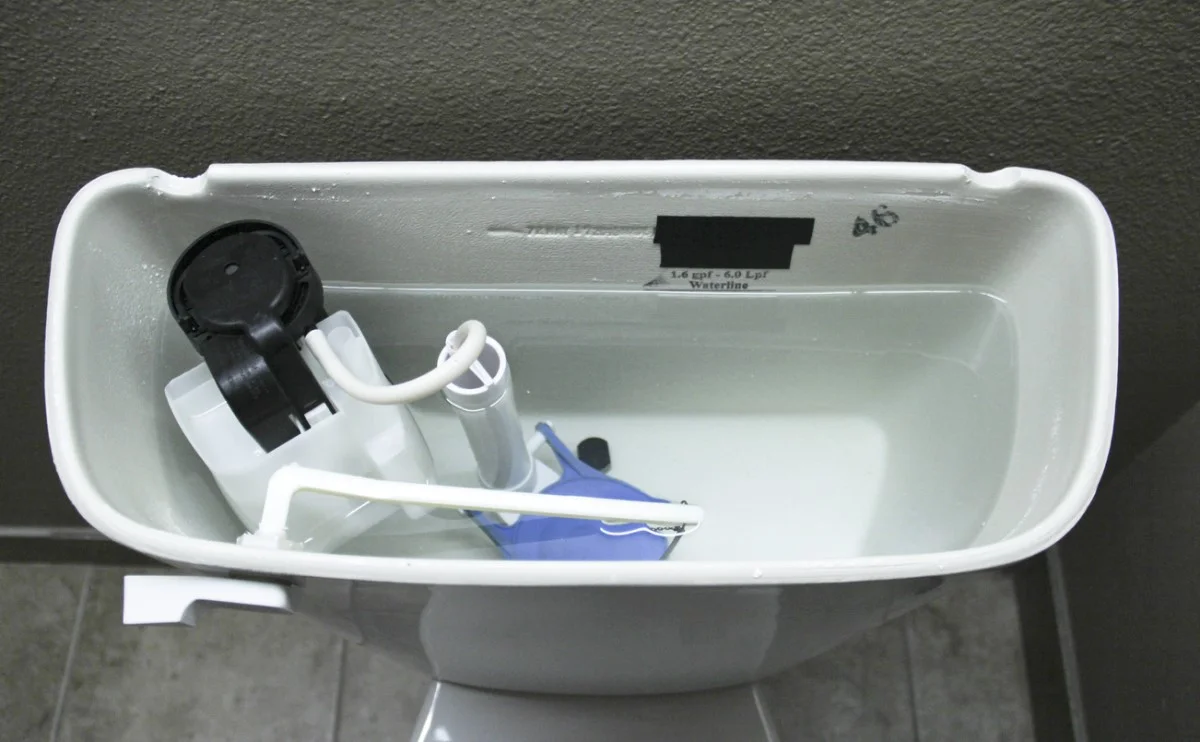A hissing toilet can be an exasperating household issue that disrupts your peace and, if left unattended, may contribute to escalating water bills. This constant sound of water running hints at an underlying problem within the toilet system. This article aims to unravel the mystery behind the hissing toilet, offering detailed insights into its causes and providing practical solutions to address the issue effectively.
Identifying the Hissing Sound:
The first step in resolving a hissing toilet is to precisely identify the source of the sound. The noise might emanate from the toilet tank, the water supply line, or various internal components.
Understanding the location of the problem is essential for determining the appropriate course of action.
Checking the Fill Valve:
One of the most common culprits of a hissing toilet is a malfunctioning fill valve. The fill valve regulates the water level in the tank and can develop issues over time, leading to leaks and the associated hissing sound.
A thorough inspection of the fill valve is necessary, and if any leaks are detected, consider adjusting or replacing the valve to put an end to the hissing.
Examining the Flapper:
A worn-out or misaligned flapper can contribute significantly to the hissing problem. The flapper is responsible for sealing the flush valve, and any damage or misalignment can allow water to escape, resulting in the persistent hissing noise.
Regularly inspect the flapper and ensure it is sealing the flush valve correctly. If issues are identified, consider adjusting or replacing the flapper as needed.
Adjusting Water Level:
An incorrect water level in the tank is another potential cause of continuous hissing. The float, which regulates the water level, may need adjustment to set it at the recommended height.
This straightforward adjustment can often resolve the hissing issue and prevent unnecessary water wastage.
Inspecting the Overflow Tube:
The overflow tube is a critical component that, when submerged underwater, can cause a hissing toilet. Adjusting the water level or replacing the fill valve can prevent the overflow tube from contributing to the hissing noise.
Regularly check the overflow tube for proper functioning to avoid potential issues.
Cleaning the Flush Valve:
Mineral deposits and debris can accumulate on the flush valve over time, affecting its functionality and causing a hissing sound. Regular cleaning of the flush valve is crucial to ensuring smooth operation and eliminating any potential sources of noise.
This simple maintenance task can go a long way in preventing hissing and prolonging the life of the toilet system.
Replacing the Ballcock Assembly:
A worn or damaged ballcock assembly can be a persistent source of hissing in toilets. The ballcock assembly controls the filling of the tank and may need replacement if it is not functioning correctly.
Replacing the entire assembly ensures optimal performance and eliminates any leaks that contribute to the hissing noise.
FAQs:
Q1: Why does my toilet hiss when not in use?
A1: A hissing toilet when not in use is often a sign of a faulty fill valve. Inspect and replace the fill valve to resolve the issue.
Q2: Can a misaligned flapper cause a hissing sound?
A2: Yes, a misaligned or damaged flapper can allow water to escape, leading to a hissing noise. Adjust or replace the flapper as needed.
Q3: Is a hissing toilet wasting water?
A3: Yes, a hissing toilet can waste a significant amount of water, leading to higher water bills. Promptly addressing the issue is crucial to prevent unnecessary expenses.
Q4: How often should I clean the flush valve?
A4: Regularly clean the flush valve at least once every few months to prevent mineral deposits and debris buildup, which can contribute to a hissing toilet.
Q5: Can adjusting the water level solve the hissing problem?
A5: Yes, adjusting the water level by modifying the float can often resolve a hissing toilet by preventing overflows and leaks.
Conclusion:
Effectively solving the mystery of a hissing toilet requires a systematic approach to identify and address the underlying causes. Regular maintenance, inspections, and prompt repairs are key to ensuring your toilet operates efficiently, minimizing water wastage and preventing unnecessary expenses. By following these detailed quick fixes and tips, you can restore peace and quiet to your bathroom, creating a more comfortable and functional living environment.

A group of home improvement enthusiasts and bathroom design experts, combines in-depth knowledge and a shared passion to deliver engaging, informative content that guides readers through the world of bathroom innovation and style.

Leave a Reply